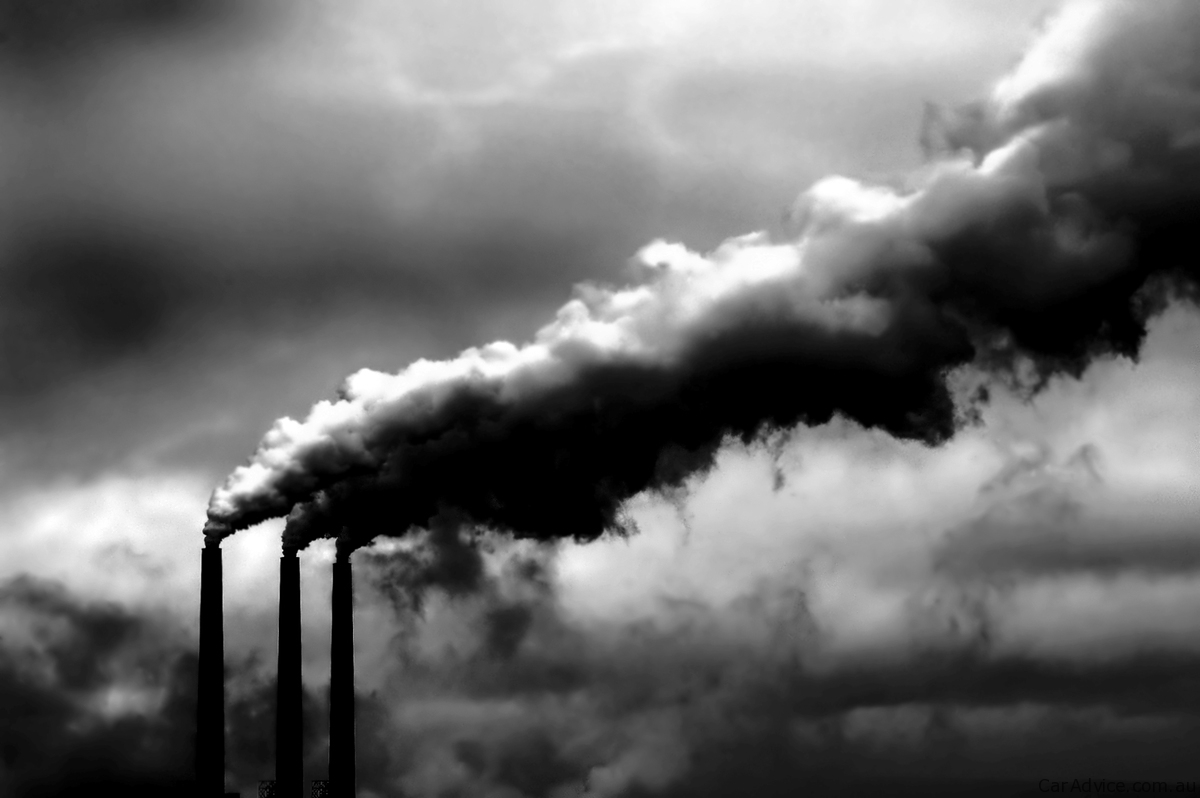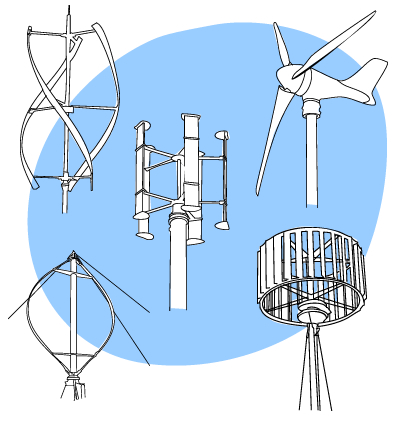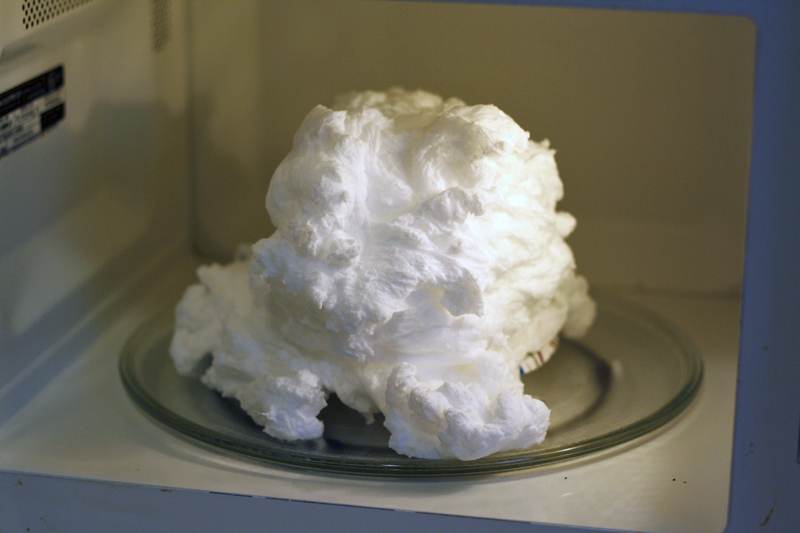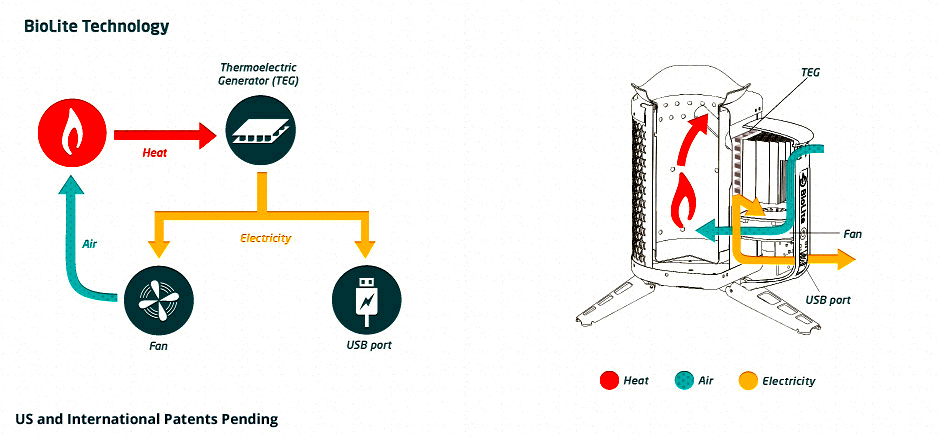Last week our class watched several demonstrations performed by fellow professor Tom Vale. The demonstration we viewed during class gave us an opportunity to see many of the forms of energy we have learned about and their real life applications. It gave us an insight about how electricity works and how certain objects may be powered using everyday things from around the house.
One of the first demonstrations resembled the picture below. This device is a solar panel attached to a motor and is held up by magnets. When the sun (or a flashlight) hits the solar panels it powers the motor and allows it to continuously spin as long as there is light.

Mr. Vale also showed us something called the stirling engine (pictured below). He placed two valves of the engine in one hot cup of water and one cup that was room temperature. The temperature differential causes a change in pressure and powers the engine. The technology can be used to power submarines because of how quietly it operates.
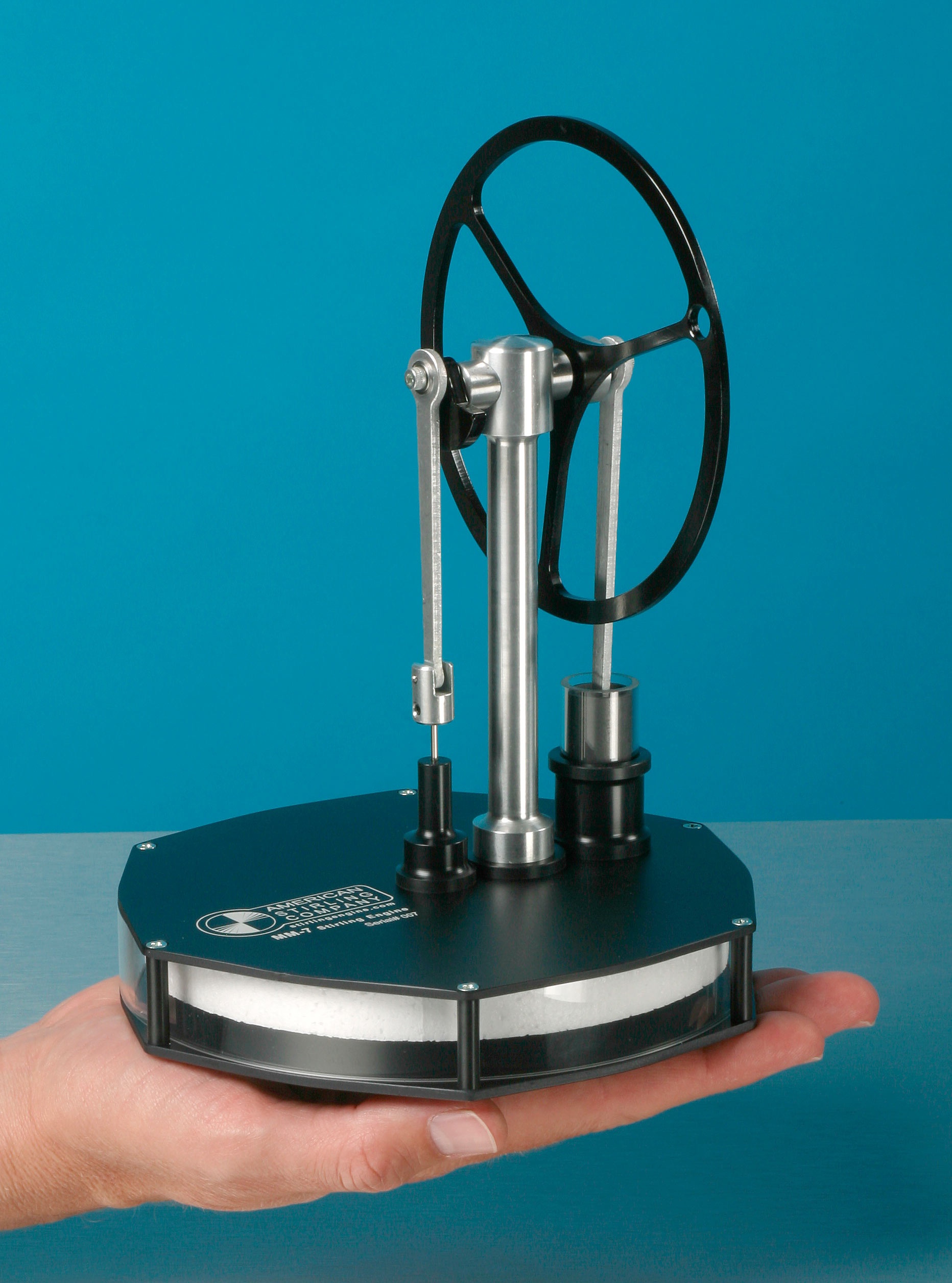
The most impressive part of the demonstration however was Mr. Vale’s homemade Tesla coil. The tesla coil (as explained in a previous blog post) produces an electric current using a spark gap and a change in the electromagnetic field. Mr. Vale used a variety of glass tubes to demonstrate the power of the coil. One tube was filled with a variety of colored glass and lit up when put near the top of the coil. The second tube that he used was filled with xenon gas (the same thing used in a camera flash) and resembled a blue lightening bolt when touched near the coil and made a crackling noise to match. The last tube was filled evenly with gas but had two different diameters on each end of the tube. He demonstrated that although the gas was the same throughout, the different diameters of the tube turned different colors when brought into the electric field produced by the coil. One end of the tube glowed blue while the other glowed neon pink.

The final demonstration was a series of quack medical devices. These violet ray machines were simply variously shaped class devices that channeled electricity. Decades ago these devices were used to treat basically every ailment known to man. However it was later proven that these devices were actually completely ineffective, and most patients that were “cured” by these devices actually experienced the placebo effect. Depending on the shape of the glass, they were used to treat every section the body for everything ranging from a sore throat to psoriasis.

